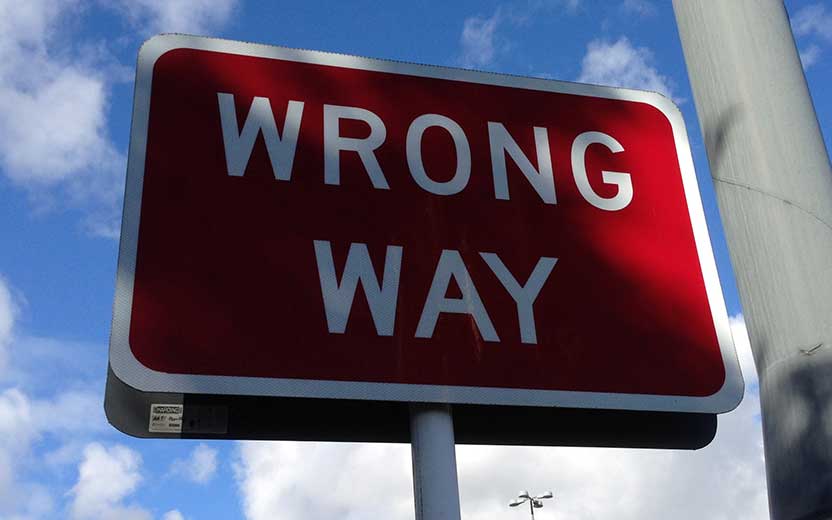By Marcus Fernandez
Florida offers the perfect combination of weather and scenic beauty to make it a popular place for local residents and visitors to get out onto the open road on their motorcycles. The popularity of riding on a motorcycle without the obstruction of the steel frame of other types of motor vehicles comes at a high price.
For many years, Florida topped the list as the most deadly state in terms of fatal motorcycle crashes. Riding a motorcycle is fun, but it can also be extremely dangerous with a motorcycle injury a common occurrence. Here is a look at five of the most common motorcycle injuries and tips bikers and drivers can use to make riding safer.
5 Most Common Motorcycle Injuries
1. Head injuries
Traveling as a driver or passenger in a car, truck or SUV offers a level of protection motorcycle riders are missing. In the event of a motorcycle crash, the heads of the operator and passenger are exposed to trauma. Whether from contact with the ground or from contact with another vehicle or object, the head is exposed to risk in the event a motorcycle goes down in a crash.
Head injuries may even occur under circumstances that are not triggered by a collision. Flying objects, such as bricks, rocks and debris falling from other vehicles or being on the ground and propelled into the air by another vehicle’s tire can strike a motorcycle passenger or operator and cause a severe head injury.
Motorcyclists can suffer lacerations and other injuries to the head, face and neck. More serious injuries could include traumatic brain injuries resulting in the following:
- Temporary loss of consciousness
- Headache
- Vomiting
- Drowsiness
- Impaired speech
- Blurred vision and sensitivity to light
- Impaired memory
- Inability to concentrate and focus
- Depression, anxiety and mood changes
- Coma
- Seizures
- Death
Injuries to the neck and head could cause temporary or permanent paralysis. Neck injuries could also be severe enough to cause death. Wearing a helmet manufactured and approved for use by motorcycle riders and passengers can reduce the risk of death by 37 percent and the risk of suffering a head or neck injury by 69 percent according to the Centers for Disease Control and Prevention.
2. Road rash
If a motorcycle operator loses control of the vehicle or is in a collision with another motor vehicle, the operator and passenger, if any, can end up sliding along the concrete or paved surface of the road. As the body skids along the rough surface of the road, clothing can be shredded away, leaving the person’s skin to scrape along the road.
The end result of a rider skidding along the surface of a road can be irritated, raw skin commonly referred to as road rash. Road rash can lead to infections and damage to nerves, so victims should seek immediate medical treatment.
Avoiding road rash begins by putting a layer of protective clothing between your skin and the pavement. To offer the best protection, riders should wear gloves and long-sleeved jackets made of leather. The leather is a tougher material than cotton or other fabrics and can stand up better in the event of a crash.
Riding in shorts is an invitation to a serious road rash injury. Both passengers and riders should wear heavy denim jeans.
3. Fractures and lacerations
The impact of a crash can cause fractures and lacerations particularly to the legs. It is easy for a rider’s legs to become trapped between the motorcycle and the pavement in a crash. In a crash is caused by another vehicle, a rider’s leg could absorb the impact caused by the other vehicle.
Wearing protective clothing made of leather and heavy denim could help minimize the severity of lacerations. Operators of motorcycles also need to be aware the presence and actions of other vehicles. Doing so provide cyclists with the time needed to react to avoid a collision. Motorists can help to prevent accidents by yielding the right of way to motorcycles making turns into their path of travel.
4. Eye injuries
Rocks, sand and other objects propelled at a motorcyclist by wind or other vehicles can cause injury to the eyes. Wearing sunglasses with lenses that can shatter when struck is as dangerous as not wearing any eye protection. Riders should wear eye protection made to withstand objects that could be propelled into eyes or helmets with shatterproof visors.
5. Hearing damage
Between the sound of the engine and wind noise, riders and passengers can suffer temporary or permanent damage to their hearing. Riders should wear noise dampening earplugs that help lessen sound levels. These earplugs allow the person to still hear traffic horns, sirens and other sounds critical to safe riding.
Safety first
Learning to ride safely goes a long way toward avoiding collisions and motorcycle injuries. There are motorcycle safety programs riders can take to learn how to ride and learn what to do to avoid accidents.
In the event of a motorcycle injury, an accident victim should seek legal advice from a competent Florida personal injury attorney. Victims might be entitled to compensation for an injury caused by the negligence of another party.


